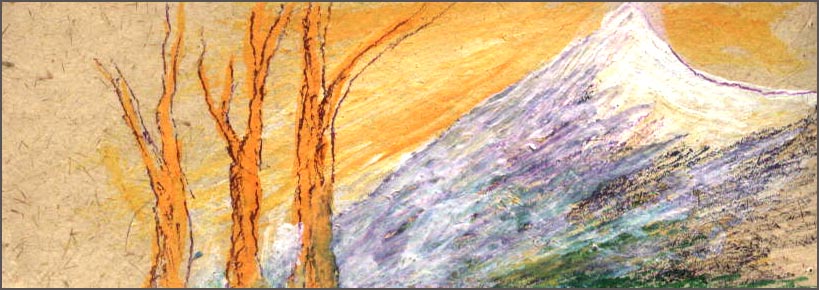

COMPOSITION Dr.Sanjiva Dev |
Every picture, whether photograph or painting, is an optical phenomenon. A picture is not the object,place or person it depicts. A picture is a picture. A photograph is a visual representation of some thing that exists in the external world of sense perceptions. It is visible on the paper because of its lights and shadows. Every thing that appears beautiful in nature may not appear beautiful in a photograph and similarly all that appears ugly in nature may not appear ugly in a photograph. Human eye cannot, for long, gaze. At a non-moving object in a picture. A static object does not move. When the eye does not move, it suffers from a sort of monotonous fatigue, which can be relieved by the sensation of movement, which again can create the eye-travel. Composition in a photograph pleases the on lookers’ eye. Composition means arranging the pictorial elements on the surface in an aesthetic order so as to enable the eye to enjoy them.Especially in a black and white photograph, composition has greater significance than in a colour photograph. Colour compensates for the defects of composition in a colour photograph in the same way, composition compensates for the lack of colour in a black and white photograph. The first compositional defect is to put the center of interest in the center of a picture. If center of interest happens to be in center of a picture the picture gets divided in to two equal parts and thus the picture |
appears to be symmetrical. Symmetry should never be allowed to crawl into a picture unless the latter happens to be an ornamental one. When a picture is divided into two equal parts,the eye knows not on which half of the picture it has to stay. Hence the eye is annoyed. So, the center of interest should not be in the center of a picture. The presence of a balance in a photo- graph is one of the significant compositional elements. If a photograph contains a huge tree on one side in it, the other empty side of the picture suffers from lack of balance. In that situation, the photograph creates an impression that it is falling down to the side where the huge tree.So, in order to save the photograph from that calamity some pictorial element has to be introduced in the empty space for maintaining the balance. But on that account , not a very heavy object should be introduced in the empty space. An object of smaller dimensions than the huge tree should be put in the empty space.An object of smaller dimension than the huge should be put in the empty space for balancing it.If there happens to be three objects in one side of a photograph,they should not be balanced again by another three objects should differ from that of the objects on the other side. The composition in a photograph usually contains the horizontal, the vertical and diagonal lines. Horizontal composition is passive, tranquil and thus suggests repose and rest. On the contrary, the vertical one is active, vigorous and thus suggests movement.The diagonal composition is a harmony of both the horizontal and the vertical lines,for it is neither vertical nor horizontal in appearance and at the same time |
it is both. Because it is both, the diagonal composition contains the virtues of both the vertical and the horizontal. It is very dynamic and virile yet not vagrant. The diagonal composition imparts to the photograph great pictorial charm. In some compositions repetition of form yields aesthetic affects.If there is an animal in a photograph in one side and of it is balanced by small animals in the same shape as that of the animal, the composition yields some good results.But at times such repetitions would create monotony. Straight shapes and curved shapes have got their own fascination. A curved shape gives relief to the eye and hence to the mind. When there is predominance of curved shapes in a picture, there arises the need to relieve the monotony by creating a contrast by introducing somestraight shape and similarly a curved shape should be created if there happens to be the predominance of straight shapes. Such predominance of straight shapes.Such discriminative use of harmony and contrast, either through forms or through tones would make the photograph a source of aesthetic joy. Apart from the forms,there is also the tone-value in composition. In colour, the chromatic scale starts from the white and passing through various colures, reaches the black colour. In the black and white photography the gray-scale starts from white and passing through various gardens of gray, reaches the black whereas in the chromatic scale lie various colures between the white and black.It is the pictorial composition that renders a ‘photograph’ a ‘picture’. Every photograph is not a picture; a photograph is then alone a picture when it happens to have pictorial composition. |